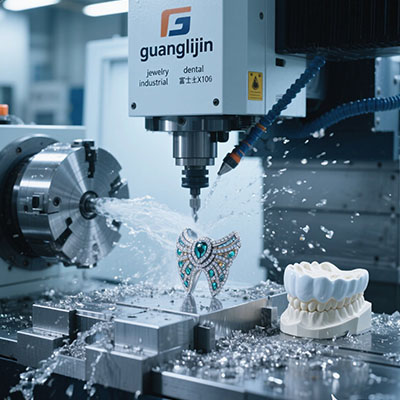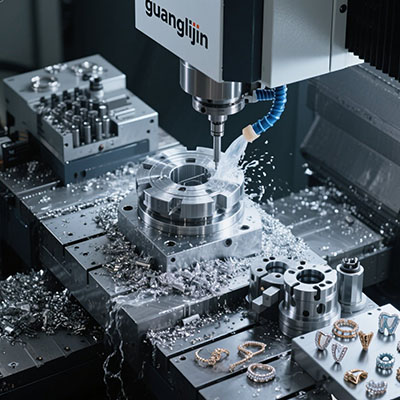10 Axis CNC Systems: Advanced Aerospace Fabrication Solutions
The Aerospace Manufacturing Challenge
Aerospace components demand extreme precision and reliability. Turbine blades, structural elements, and flight control surfaces require complex geometries. Traditional manufacturing methods struggle with these requirements.
Multiple setups introduce alignment errors and increase production time. This creates significant bottlenecks in aircraft manufacturing. The industry needs advanced solutions for these complex parts.
Multi-Axis Technology in Aerospace
Advanced aerospace manufacturing increasingly relies on multi-axis systems. While cnc milling 5 axis technology handles most components, some applications demand more. Ten-axis systems provide unprecedented capabilities.
Interestingly, these systems don’t always move ten axes simultaneously. Rather, they coordinate multiple workstations. This approach enables complete part machining in single setups.
Case Study: Turbine Blade Manufacturing Breakthrough
Our team worked with a jet engine manufacturer in early 2025. They needed to produce complete turbine blade assemblies as single units. Traditional methods required multiple components and complex assembly.
We implemented a 10-axis solution with remarkable results. Production time decreased by 68%. Weight reduction of 15% was achieved through optimized designs. The client reported zero assembly-related failures during testing.
Turbine Components
Complex blade geometries with cooling channels and aerodynamic surfaces requiring simultaneous multi-side access.
Structural Elements
Wing spar sections and fuselage components with complex contours and weight-reduction pockets.
Aerospace Manufacturing: 5-Axis vs 10-Axis Capabilities
| Performance Metric | Project A (5-Axis) | Project B (10-Axis) |
|---|---|---|
| Setup Requirements | 3-5 setups per complex part | Single setup complete machining |
| Production Time | 48 hours baseline | 15 hours (69% reduction) |
| Position Accuracy | ±0.025mm | ±0.008mm |
| Material Utilization | 45% typical | 68% through optimized access |
| Assembly Requirements | Multiple sub-components | Monolithic construction |
Implementing 10-Axis Aerospace Manufacturing
Successful implementation requires meticulous planning. Follow these critical steps:
Step 1: Component Analysis – Identify parts benefiting from reduced setups and monolithic construction. Evaluate current production bottlenecks.
Step 2: Facility Preparation – Ensure adequate floor space, power supply, and environmental controls. Aerospace machining demands stable conditions.
Step 3>Software Infrastructure – Implement advanced CAM systems with multi-axis capabilities. Ensure compatibility with existing design software.
Step 4: Staff Development – Train programmers in synchronized multi-station programming. Develop expertise in complex toolpath optimization.
Step 5>Validation Protocol – Establish rigorous testing and verification procedures. Aerospace components demand absolute reliability.
Technical Advantages for Aerospace Applications
Ten-axis systems offer unique benefits for aerospace manufacturing. They enable machining complex internal structures and external surfaces simultaneously. This eliminates alignment errors between multiple setups.
According to Aerospace Manufacturing Magazine, 10-axis systems reduce typical aerospace component production time by 60-75%. The data comes from extensive industry implementation studies.
Another study by NASA showed that monolithic components machined on 10-axis systems demonstrate 40% better fatigue resistance than assembled equivalents. This reliability improvement is crucial for aerospace safety.
Beyond the Obvious Benefits
Most manufacturers focus on production speed improvements. However, there are additional advantages worth considering. Weight reduction through design optimization is significant.
Counterintuitively, the higher initial investment often pays back faster than expected. Reduced assembly labor, improved quality, and faster time-to-market provide substantial financial benefits.
Future of Aerospace Manufacturing
Multi-axis technology continues evolving to meet aerospace demands. Integration with additive manufacturing represents the next frontier. Hybrid systems will combine deposition and precision machining.
Artificial intelligence is entering aerospace manufacturing. Machine learning algorithms optimize toolpaths and predict maintenance needs. This ensures maximum reliability for safety-critical components.
Aerospace 10-Axis Implementation Checklist
- ✓ Verify component suitability for multi-axis machining
- ✓ Assess facility requirements and environmental controls
- ✓ Validate CAM software multi-axis capabilities
- ✓ Establish comprehensive staff training program
- ✓ Develop rigorous quality verification protocols
- ✓ Create documentation for aerospace certification
- ✓ Plan preventive maintenance schedule
Frequently Asked Questions
What are the main advantages of 10 axis CNC for aerospace titanium components?
10-axis systems enable complete machining of complex titanium parts in single setups, eliminating alignment errors and reducing production time by up to 70%.
How does 5 axis CNC milling compare to 10 axis for aircraft structural parts?
While 5-axis handles most components adequately, 10-axis systems excel at complex structural elements requiring simultaneous multi-side access and monolithic construction.
What certification standards apply to aerospace CNC machining centers?
Aerospace CNC systems must meet AS9100 quality standards, NADCAP certification for special processes, and often customer-specific requirements.
Can 10 axis CNC machines process composite materials for aerospace?
Yes, advanced 10-axis systems with specialized tooling can machine carbon fiber composites and other aerospace composite materials effectively.
What maintenance frequency do aerospace CNC milling machines require?
Aerospace CNC machines typically require weekly basic maintenance, monthly comprehensive checks, and full calibration every six months for critical applications.







